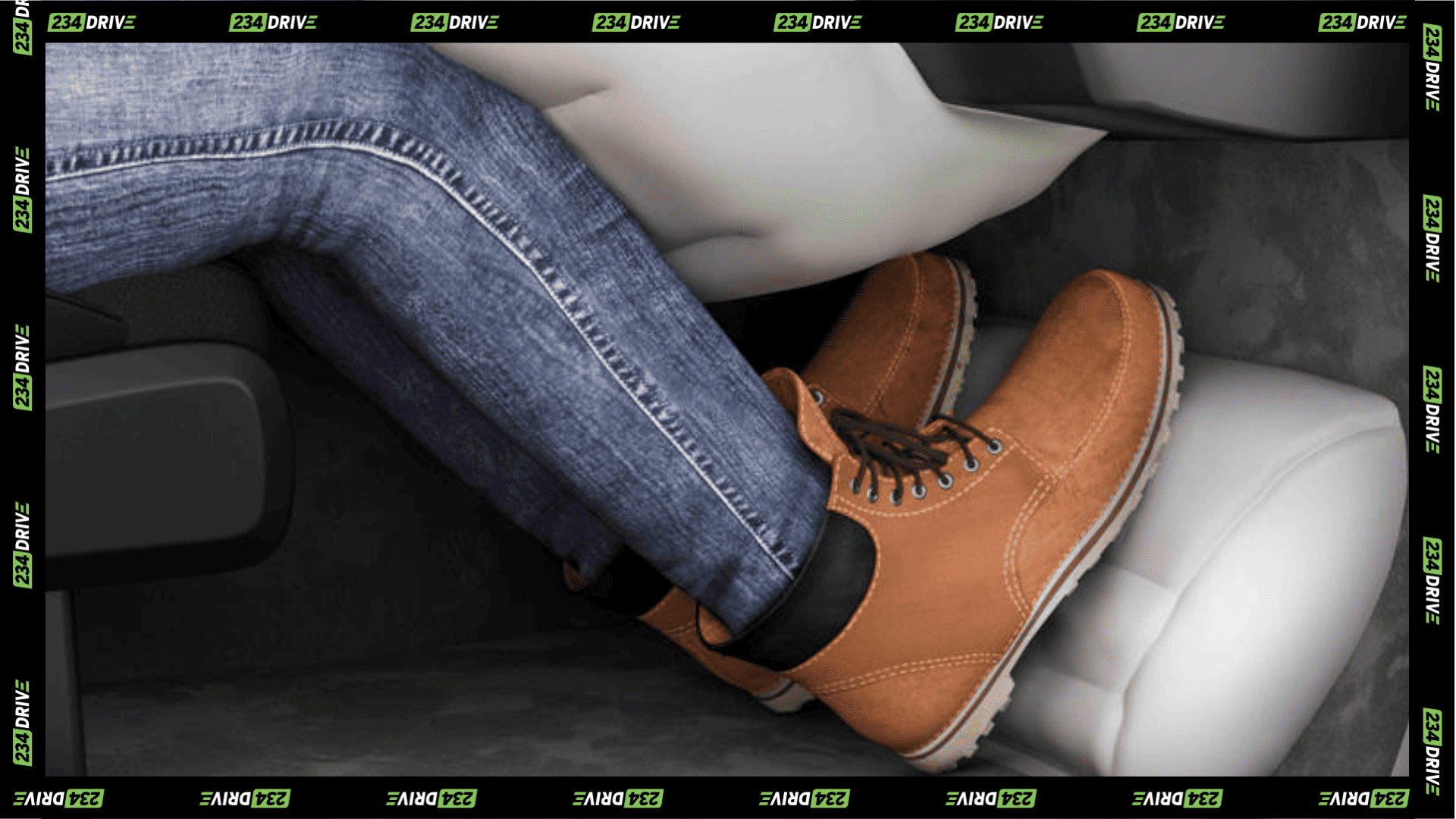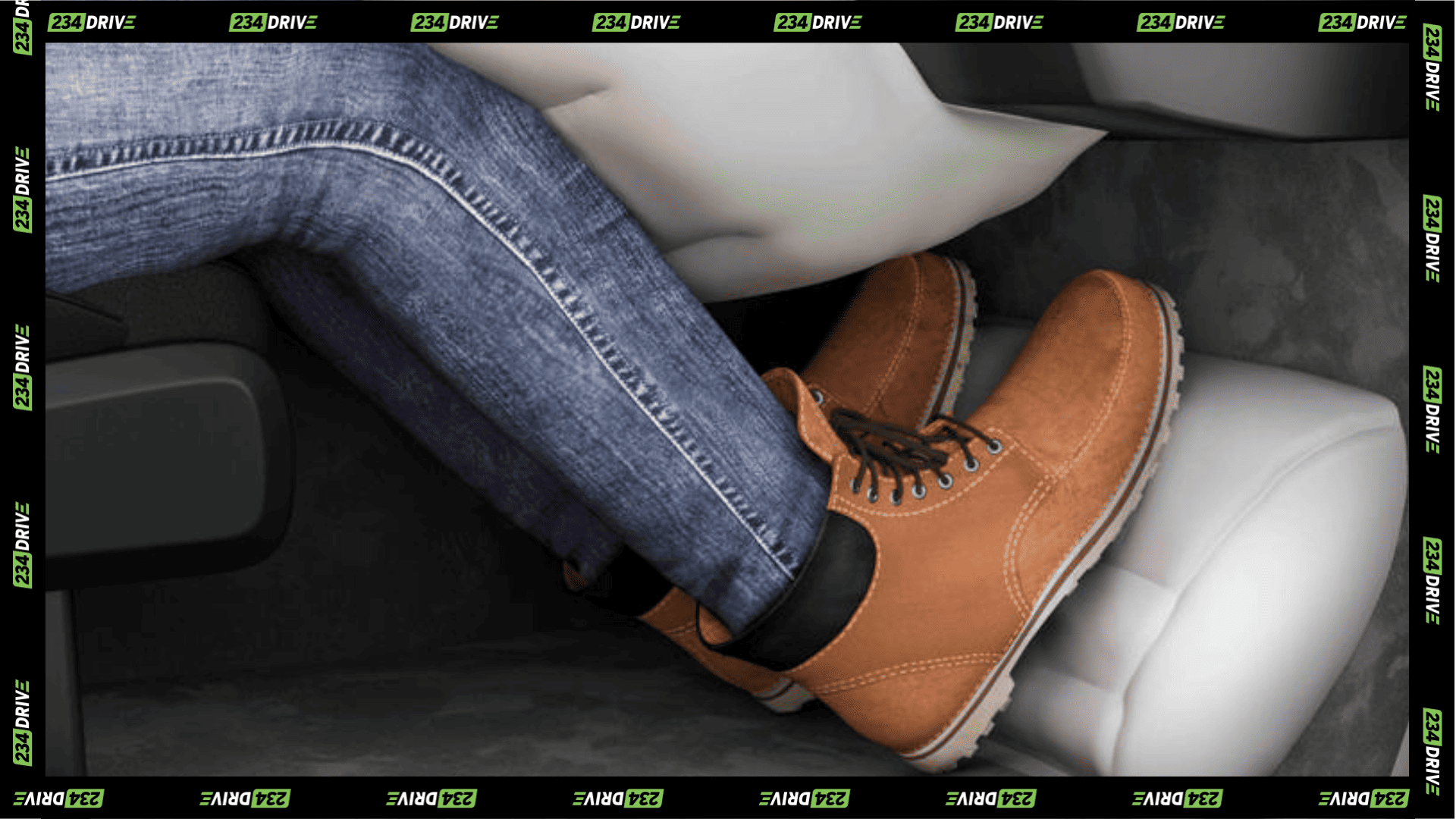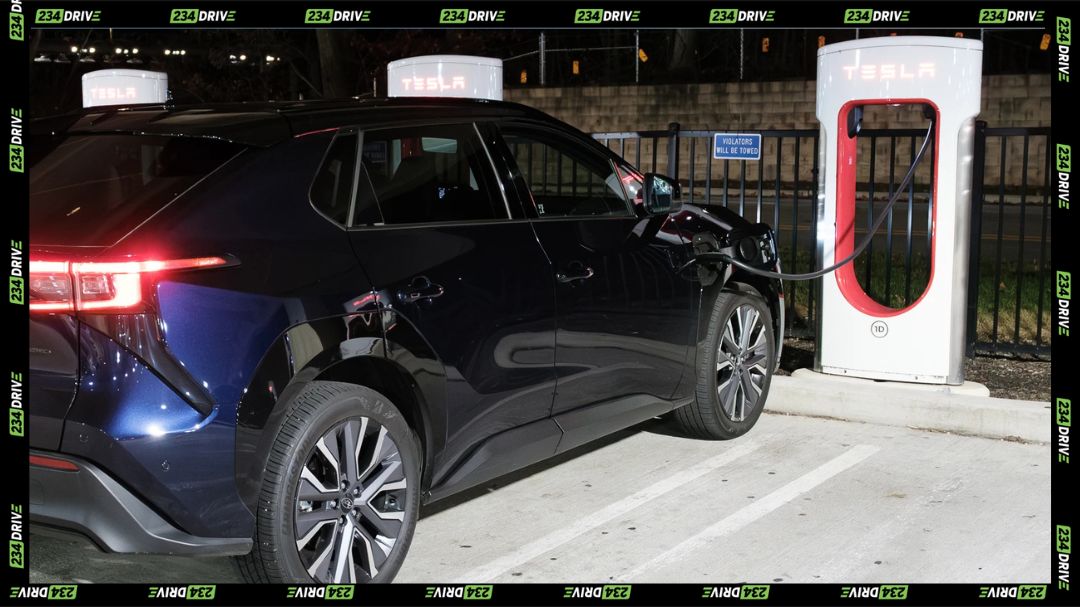With the average 0 – 60 mph acceleration time of vehicles becoming lesser by the day, there is an increased concern for safety. To put things in perspective, a 2025 Toyota Corolla has a 0 – 60 mph acceleration time of 8.2 seconds. More so, it has a top speed of 117 mph. For a car with a very basic engine, its acceleration and top speed figures are quite impressive. Unfortunately, this also means that in the event of an accident, the outcome may be dire. But thank God—the universe or whatever you believe in for the technology called airbags.

Brief History on Airbags
Airbags are in-built inflatable cushions that protect a vehicle’s occupants from hitting its interior or objects on its exterior.. The credit for inventing the airbag goes to John W. Hetrick, an engineer from Pennsylvania, United States who was inspired on a Sunday drive with his wife and young daughter in 1952. In a bid to avoid a deer on the road, Hetrick swerved his car into a ditch. During the accident, Hetrick and his wife instinctively tried to shield their daughter with their hands. On the drive home after the crash, he had a lightbulb moment and conceived the idea to invent an object that could soften the impact of a collision.

Many advancements have followed since John W. Hetrick’s initial concept of an airbag and many owe their lives to this invention. Interestingly, airbags were not compulsory features in vehicles until the late 90s. In 1991, the United States Congress passed a law requiring automakers to install airbags on both sides of the front seats of their vehicles. However, it was not until 1998 that a law regarding airbags went into effect. Mind you, people have been driving cars since at least the 1900s. It is noteworthy that airbags work best as additional safety devices when combined with seat belts. So, just because your car has an airbag feature, does not mean you should abandon the use of seatbelts.
What is the New Advancement for Airbag Technology
In the event of collisions, the torso and face are mostly protected with conventional airbags. However, the knees and feet are often left unprotected leading to a number of knee injuries according to safety research. This deficiency was noticed by a company called ZF Lifetec, inspiring them to develop a new Active Heel Airbag system. The novel airbag design aims to increase protection against injuries in front seats beyond what regular airbags provide. The idea is that the Active Heel Airbag should complement knee airbags which, in turn, complement the seat belt and front airbag.

Harald Lutz, head of development at ZF Lifetec explained what they refer to as a ‘controlled knee path’. The knee and heel airbags work hand in hand to provide safety. ‘How?’ you may ask. If everything is aligned correctly, the knee airbags are there to control the leg movement so that the knee joints are not stressed when pushed forward during impact in the event of a collision. However, if the heel strike point is missing, the knees cannot be effectively deployed into the airbag and the knee airbag is less effective. Without that strike point, there’s a high probability of serious leg and foot injuries.
Overall, the knee and heel airbag system is bound to increase the safety of future vehicles and reduce casualties. The Active Heel Airbag is scheduled to be available in 2028 for automakers to start incorporating into vehicles. For now, we wait to see what ZF Lifetec has in store for us. What are your thoughts? Is this a necessity or just a waste of resources?










